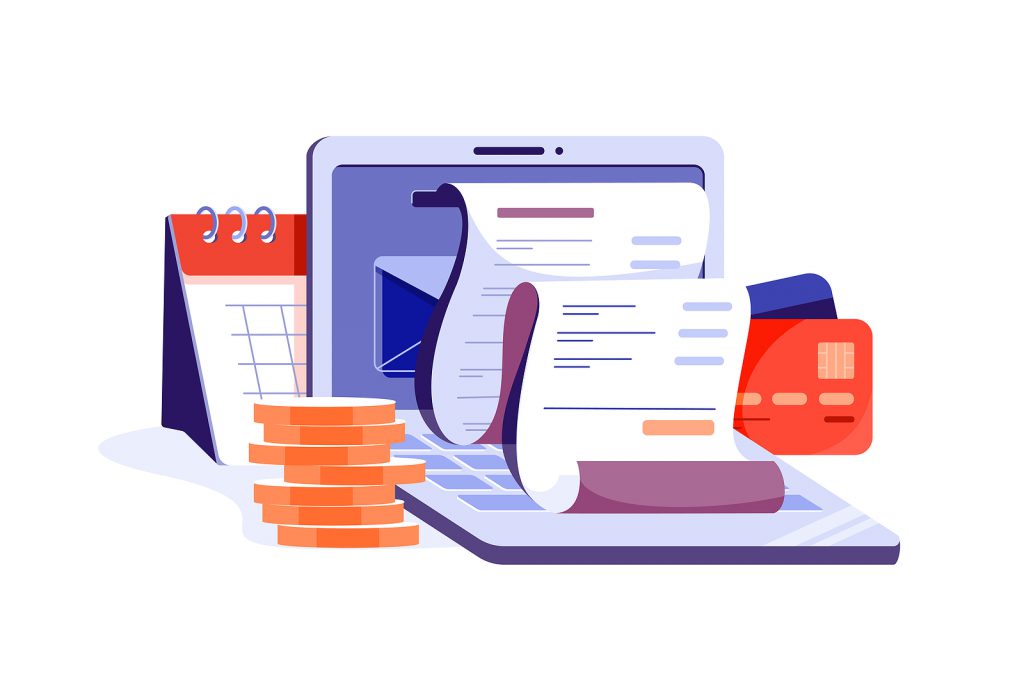How to Prepare for Student Loan Payments Restarting in 2022

For student loan borrowers, 2022 is likely to be an important year, as the pause on student loan payments is expected to come to an end. After what will be more than two years of not having to make student loan payments, the restart of these obligations may feel like a financial shock, so it is important to start planning now. Let’s take a closer look at the current anticipated timeline for student loan repayment in 2022 and what you can do to be prepared.
A Brief History of the Student Loan Payment Pause
The CARES Act, signed into law on March 27, 2020, provided certain relief on most federal student loans, including suspending loan payments, reducing the interest rate to zero and stopping collection on defaulted loans. President Donald Trump extended this relief until January 2021. President Joe Biden then extended the relief further.
In August 2021, President Biden extended the relief through the end of January 2022. At the time, he said “As our nation’s economy continues to recover from a deep hole, this final extension will give students and borrowers the time they need to plan for restart and ensure a smooth pathway back to repayment.”
However, in the face of a fresh surge of COVID-19 cases and the rise of the omicron variant, it turned out that the August extension was not the final relief measure. Indeed, the Biden administration extended the student loan pause once more, through May 1, 2022.
Planning for Payments to Resume
First thing first, we encourage borrowers to plan for an end to the student loan payment freeze on May 1, 2022. While there have been multiple extensions in the past, there are many reasons to think that student loan payments will not be paused again. Borrowers should prepare for payments to resume in May and should not rely on the remote possibility of another extension. Thankfully, you have four months from now to plan for the change and we encourage borrowers to begin thinking carefully about how to handle the resumed payments.
Also, there are a few logistical items to get squared away before payments resume, like ensuring your contact information is up to date with your loan servicers and opting back into any automatic payment arrangements. These guides from the New York Times and Forbes can help point you in the right direction for getting organized and communicating with your servicers. You should also take a close look at your payment plan options, including income-driven repayment, and consider the best option for your financial situation.
Of course, the biggest impact created by the end of the pause is simply that payment obligations will resume. Many student loan borrowers have become accustomed to not making these monthly loan payments, which are often significant, and have adjusted their monthly budgets accordingly. Now, those budgets need to be revised once more to ensure that borrowers can meet all of their obligations. In 2017, the Federal Reserve estimated that the average student loan payment was $393. For those with already tight budgets, it may be difficult to find almost $400 on a monthly basis.
Like with any debt repayment strategy, you will want to consider both increasing your income and reducing expenses ahead of May. Both approaches can free up additional cash each month that can then be put toward your student debt. Borrowers should evaluate whether they can pay off any debts or otherwise reduce monthly payments on other items. Paying off small credit card balances or a car loan, dropping expensive monthly subscriptions and starting a new part-time job or “side hustle” are all potential tactics that will free up your cashflow each month. By making these changes, you will have extra money that can go toward the restarted student loan payments.
Consider Financial Counseling
For some, there simply isn’t a lot of wiggle room in the monthly budget and simple adjustments won’t move the needle enough to make the student payments feasible. Maybe you have had a change in circumstances since you were last making student loan payments, like the loss of a job, addition of a new child, a major medical expense, increased living expenses or something else beyond your control. Maybe you were even struggling to make student loan payments before they were paused. Or, maybe you have other high-interest debt that is already a top priority in your budget.
In those cases, you may need to identify more robust and creative solutions to ensure that you can meet all of your obligations each month once student loan payments resume. Financial counseling can be an important resource to help you make a plan. A professional counselor can help you identify other potential strategies, including a payment plan for your high-interest debt. Working with a counselor and developing a plan for your budget now may go a long way to preparing you for later this year when your budget will face the new strain of student loan payments.
WHAT YOU CAN EXPECT FROM CREDIT COUNSELING
Recap
The pause on most federal student loan payments is scheduled to end on May 1, 2022. If you have federal student loans, you should begin preparing for this change. Be sure to communicate with your servicers to update your information and ensure that you remain enrolled in any automatic payment plans. Reevaluate your financial position and consider whether a student loan repayment program may be a good fit.
Also, begin assessing your budget now to determine if you are in a position to take on the student loan payments when they restart. If your budget feels constrained, don’t hesitate to contact a certified credit counselor to review your budget and make a plan for 2022 and beyond.



